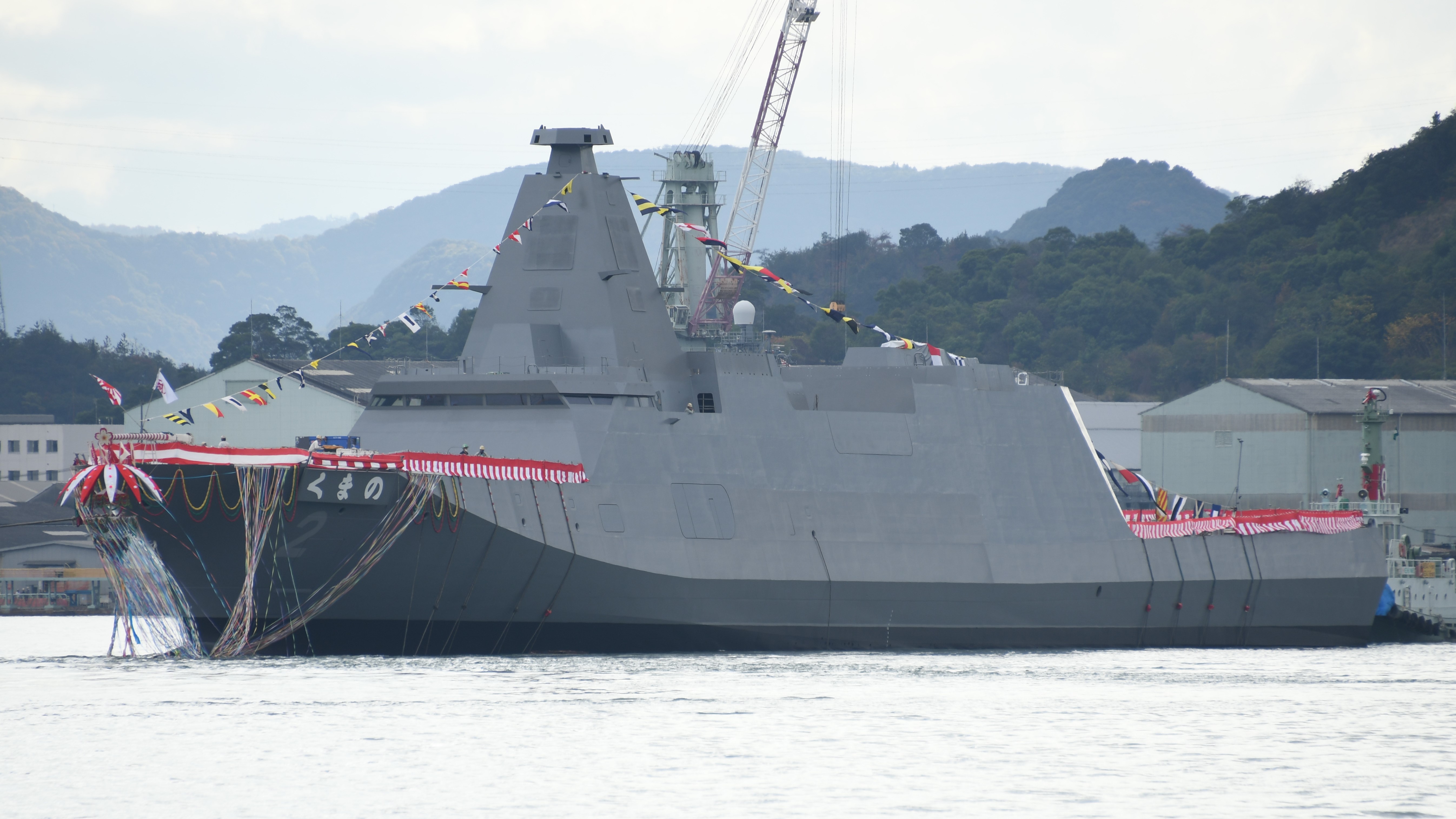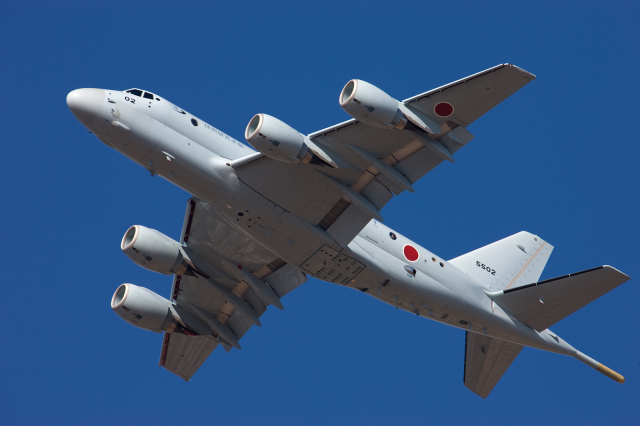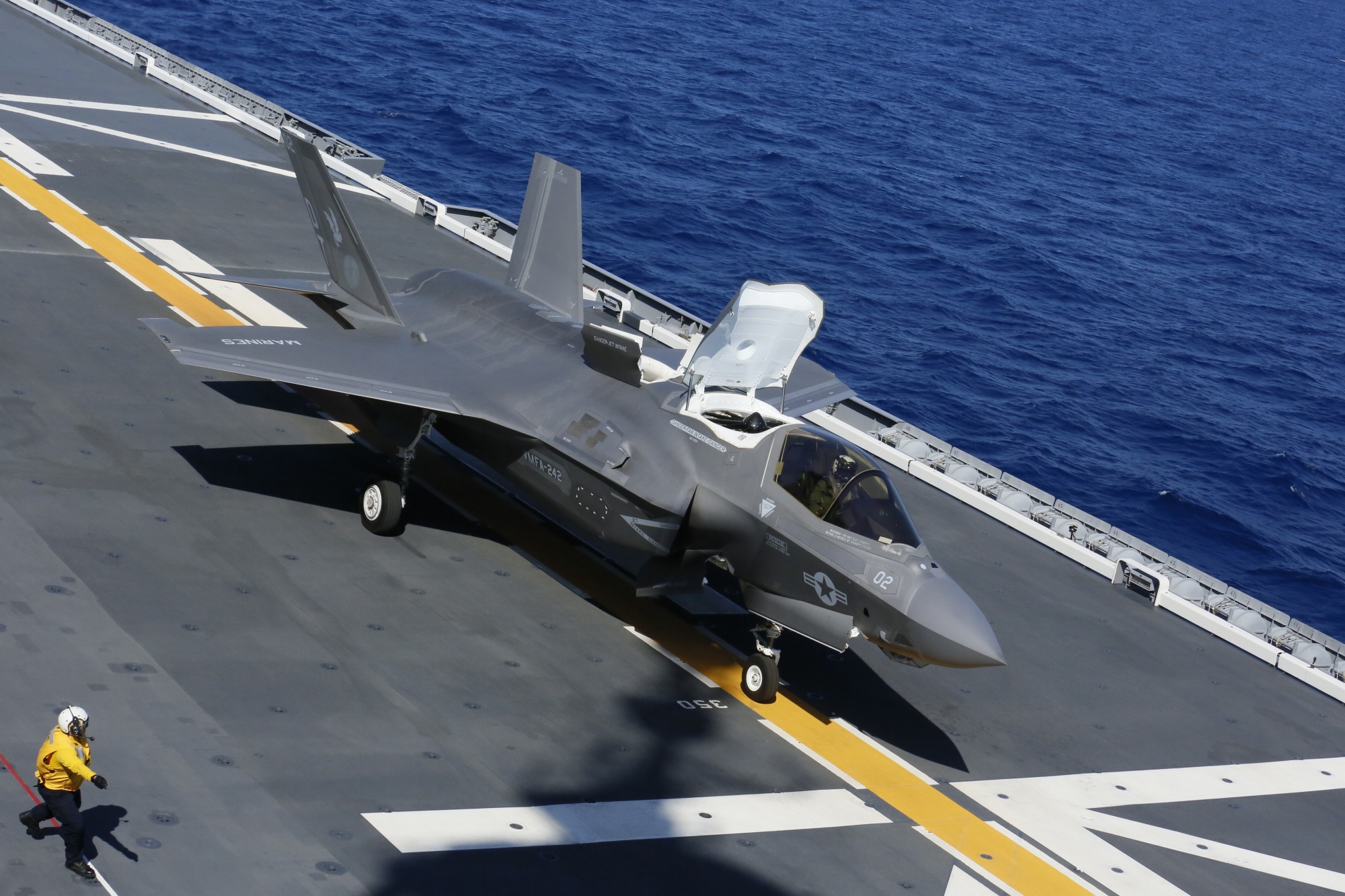
Japan’s Cabinet approved a record 5.4 trillion yen (U.S. $47 billion) for its defense budget for fiscal year 2022, marking a record high for eight consecutive years, amidst Japanese concern about its capabilities to meet the threats posed by China, North Korea and Russia.
The budget covers a wide field ranging from procurement, upgrades, capability development, research and development and an increase in Japan’s costs of hosting U.S troops in the country.
The budget, which will go into effect on April 1, 2022, still needs approval from the Japanese parliament, although that is likely to be a formality given Prime Minister Fumio Kishida’s Liberal Democratic Party and its conservative Komeito Party partner hold a majority in both houses.
Naval-related funding under the 2022 budget includes the construction of five surface ships and a submarine. This includes 110 billion yen ($957 million) allocated for the ninth and tenth ship of the Mogami-class frigates, 73.6 billion yen ( $641 million) for a sixth Taigei class submarine, 13.4 billion yen ($116.7 million) for a fifth Awaji-class minesweeper, 27.9 billion yen ($242.9 million) for an oceanographic research ship and 19.6 billion yen (U.S 170.7 million) for a fourth Hibiki class ocean surveillance ship.
Another 400 million yen ($3.4 million) has also been allocated for the design of a new offshore patrol vessel. Construction will not necessarily begin in 2022 as it is the Japanese practice to allocate funding much earlier than the scheduled construction period.
For example, in the case of the Mogami-class frigate, the hulls of the fifth and sixth ships were laid down in June this year while construction of the seventh and eighth ship is expected to start next year, in line with the overall plan of constructing two ships of this class per year.
The Japanese Ground Self Defense Force (JGSDF) has also been allocated $88.8 million for a single new design Logistic Support Vessel and a single new design Landing Craft.

The Japan Maritime Self-Defense Force (JMSDF) received funding to procure three P-1 Maritime Patrol aircraft for $675.6 million, one US-2 seaplane for $47.8 million and one MCH-101 Minesweeping/transport helicopter $53 million.
Another $49.6 million was allocated to improve the electronic warfare training capability of the three UP-3D Orion EW trainer aircraft. Unmanned systems funding for the JMSDF includes $40.9 million for the trial operation of an unmanned aerial vehicle, $5.2 million to conduct trials of carrier-based UAVs to assess their performance for the JMSDF $10.4 million for further development of the unmanned mine elimination capabilities of the Mogami-class frigate, including the acquisition of an unmanned surface vessel to operate together with the unmanned underwater vessel already in use.
The budget also allocated $53 million for F-35B Lightning II Joint Strike Fighter conversion work on the two Izumo class destroyer helicopter carriers with a portion of it meant for the cost of further U.S. participation in the trials of F-35 operations on the ships. Four F-35Bs have been funded under the 2022 budget with $444.1 million for the aircraft and $178.6 million in related expenses.

Japan has contracts for eight F-35Bs already with plans calling for an eventual total of 42 F-35Bs out of the 157 F-35s it plans to acquire. The aircraft will be operated by the Japan Air Self Defense Force.
The 2022 budget allocates $176 million for the acquisition of SM-6 missiles for the two Maya-class Aegis destroyers. It also allocates $50.5 millio for modifications to the SPY-6 radars for future installation on ships following the cancellation of Japan’s Aegis ashore program and Japan’s intention to build additional Aegis ships to take on the ballistic missile defense role.
Under the 2022 budget, Japan plans to place a garrison on Ishigaki Island, which about 186 miles away from Taiwan with the garrison operating ground-based surface to air missiles and anti-ship missile systems. Japan Defense Minister Nobuo Kishi said in August that Japan will deploy medium-range surface to air missile systems, ground based anti-ship missile systems and 500 to 600 troops on the island by the end of March 2023.
The 2022 budget includes a number of items related to the U.S.-Japan alliance including 6.8U.S 59.2 million for the expansion of the V-22 Osprey repair facility at JGSDF Kisarazu Air Field The facility also provides depot-level maintenance for the Marine Corps fleet of Japan-based V-22s. The budget also allocates $2.7 billion for the development of Mageshima Island into a base where the U.S can conduct Field Carrier Landing Practice. Another $1.8 billion has been allocated under the 2022 budget to pay for the costs of U.S forces in Japan.





